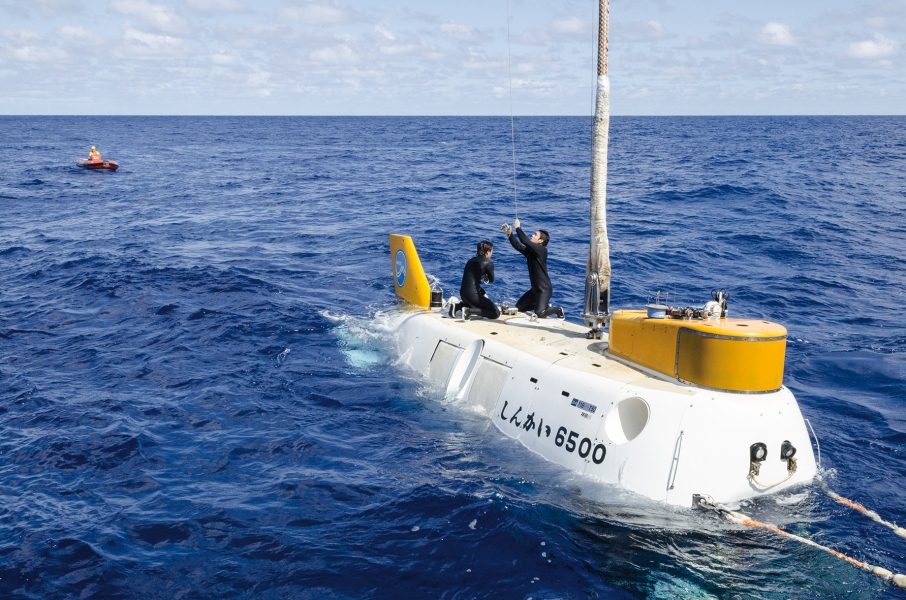A Kiwi-Japanese collaboration has taken a group of NIWA scientists to the Louisville Seamount Chain to study marine organisms living in a unique environment.
The Japan Agency for Marine-Earth Science and Technology (JAMSTEC) began the QUELLE 2013 project in January, a global-scale study into extreme ecosystem environments in the Indian, Atlantic and Pacific Oceans.
With NIWA, the teams studied organisms where two large seamounts meet: the Louisville Seamount Chain and the Tonga-Kermadec Arc. The area is unique due to its volcanically active nature, and several species have adapted to the chemical mix in the water.
NIWA Principal Scientist, Fisheries, Dr Malcolm Clark said the team managed to scoop up some unique discoveries.
"We used something similar to an underwater vacuum to scoop up lobsters, flatfish, crabs, sponges, corals and shellfish.
"The survey was conducted to determine whether there is any difference in the ecosystems of the two seamount chains. For the first time in the world, we were able to observe the Louisville Seamount Chain seafloor using JAMSTEC's manned submersible vehicle, Shinkai 6500."
Shinkai 6500 can dive to depths of 6500m. With an internal diameter of 2m, it can accommodate two pilots and one researcher. Each dive lasts about eight hours, with life support available for 129 hours. Seven search lights, each about as bright as four car headlights, provide a visual range of about 10m.
Dr Clark says the partnership makes sense, due to the similar marine environments New Zealand and Japan share.
"The oceanic structures found around New Zealand and Japan are very similar. It's been beneficial to combine the expertise of both New Zealand's and Japan's marine scientists. We can help improve understanding of our natural environments. That means we can understand potential exploitations of our marine life, as well as conservation measures."

